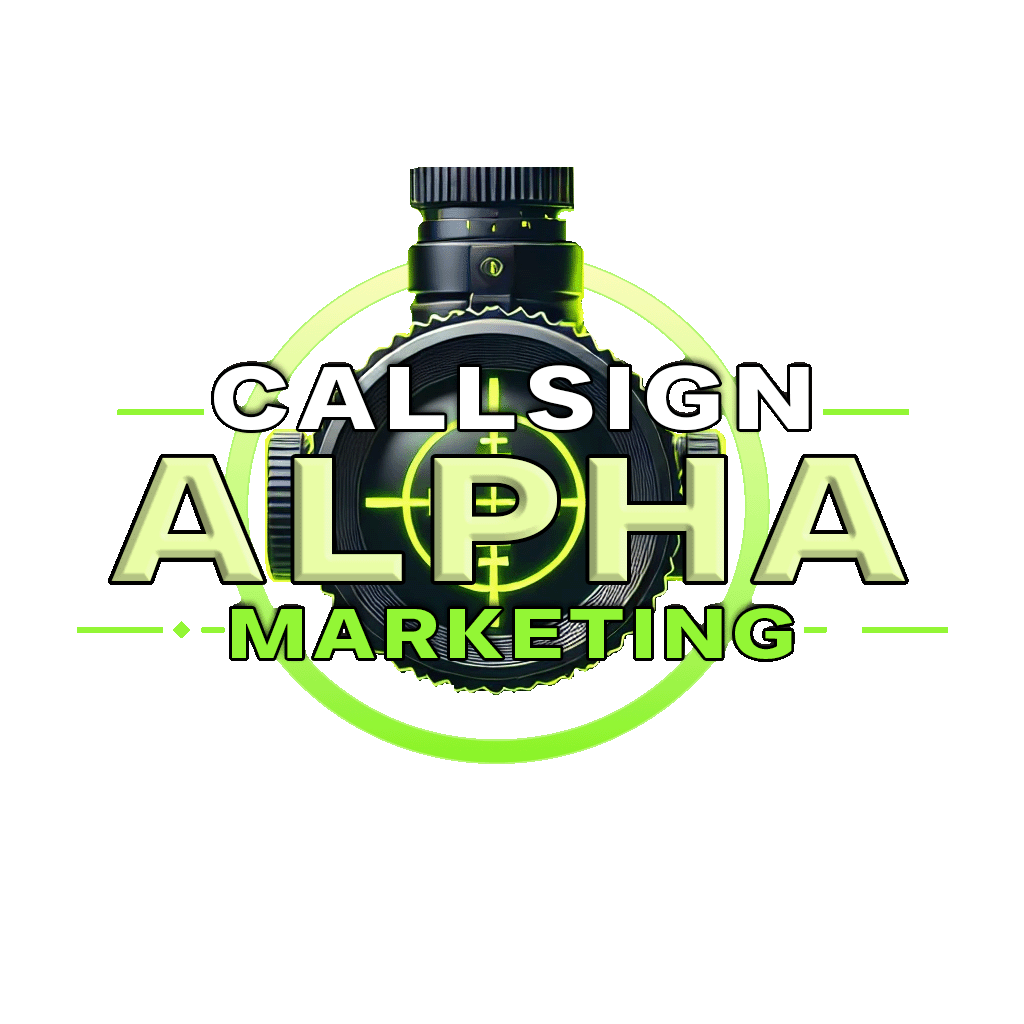Introduction
“Building a strong brand isn’t just about having a great logo or catchy slogan—it’s about creating a real connection. If you’re here, you’re likely aiming to make your brand stand out and resonate with the people who matter most to your business. In this guide, we’ll break down how marketing, advertising, and branding work together to create impact. I’ll walk you through each step, share examples from brands that have done it right, and give you actionable strategies that you can use immediately. Whether you’re just starting out or ready to take your brand to the next level, this guide is your blueprint for success.”
1. Define Your Brand: Establishing Identity and Positioning
Goal: To help you understand the core of your brand—what you stand for, how you’re different, and why people should care.
- Brand Identity and Mission: Start with the basics—your brand’s identity and mission. What values does your business uphold? What personality do you want it to have? Your brand’s mission sets the tone for how it’s perceived and serves as the foundation for all future marketing and advertising efforts.
- Example: Think of Nike. Its mission to empower athletes drives everything it does, from inspiring ad campaigns to sleek, performance-driven products.
- Positioning Your Brand in the Market: Brand positioning is about finding a unique space in the market. Knowing where your brand fits allows you to create marketing and advertising that speaks directly to your target audience’s needs.
- Actionable Tip: Write down your brand’s core values and personality traits—these will guide the tone of every piece of content you produce.
- Case Study: Warby Parker positioned itself as a stylish yet affordable eyewear option. By creating a brand that combined fashion with accessibility, it appealed to customers who wanted more than just functional eyewear—they wanted personality and style.
2. Develop a Marketing Strategy: Crafting the Roadmap for Success
Goal: To build a strategy that aligns your brand with your target audience and guides your advertising efforts.
- Understanding Your Audience: The first step to any successful marketing strategy is knowing who you’re speaking to. Who are your customers? What are their goals, challenges, and pain points?
- Example: Callsign Alpha Marketing would focus on targeting business leaders in Indianapolis looking for growth and precision in marketing.
- Setting Marketing Goals: Define what you want your brand to achieve—more website visits, higher engagement, or better lead quality. Your goals should reflect your brand’s identity and support your advertising and content efforts.
- Choosing Channels and Content Types: Identify the best channels for your brand. Social media, email, blogs, and video can all reinforce your brand message when used strategically.
- Actionable Tip: Create a Content Calendar that includes each channel and the types of content that work best there.
- Case Study: Apple excels in creating clean, minimalist content that reflects its brand and appeals to its target audience. By building content that aligns with its brand identity, Apple connects with users seeking simplicity and quality.
3. Integrate Advertising Tactics: Amplifying Brand Awareness and Reach
Goal: To show how targeted advertising can increase visibility and boost engagement with your brand.
- Choosing the Right Advertising Platforms: Your advertising strategy should include platforms where your audience spends their time. Google Ads, Facebook Ads, and LinkedIn are all valuable for reaching different demographics and buyer intents.
- Creating Consistent Brand Messaging Across Ads: Your ads should feel cohesive, mirroring the tone, style, and message of your brand. Think of each ad as a piece of a larger story.
- Actionable Tip: Use Retargeting Ads to stay visible to potential customers who’ve shown interest but haven’t yet converted.
- Case Study: Warby Parker used retargeting ads to bring back website visitors who didn’t initially make a purchase. This strategy kept the brand top of mind and increased the chances of conversion.
4. Use Data and Analytics: Measuring Success and Refining Your Strategy
Goal: To provide a framework for measuring the success of your branding, marketing, and advertising efforts.
- Tracking Key Metrics: From brand awareness to conversion rates, certain metrics reveal the health of your branding and the success of your campaigns. Google Analytics, Facebook Pixel, and other tracking tools can give you a clear picture of what’s working.
- Example: If your ad impressions are high, but click-through rates are low, it may mean your messaging isn’t resonating as intended.
- Refining Your Strategy Based on Data Insights: Data doesn’t just tell you what’s working—it reveals where to improve. Use analytics to adjust targeting, refine messaging, and maximize ROI on your advertising spend.
- Actionable Tip: Review Analytics Monthly to ensure your strategy aligns with your goals and make adjustments as needed.
- Case Study: Coca-Cola uses extensive analytics to understand customer preferences, tailoring ad campaigns based on geographic, seasonal, and cultural insights. This data-driven approach ensures every campaign resonates with its target audience.
5. Real-Life Example of Integrated Branding, Marketing, and Advertising
Case Study:
Let’s look at how Coca-Cola has mastered the integration of branding, marketing, and advertising to become one of the most recognizable brands globally.
- Branding: Coca-Cola’s identity centers on happiness, togetherness, and refreshment. Everything from its logo to its ad colors reinforces this.
- Marketing Strategy: Coca-Cola’s content emphasizes stories and experiences that align with its brand message, connecting with people emotionally.
- Advertising: Iconic campaigns, like the “Share a Coke” campaign, show how Coca-Cola uses branding to build a sense of community.
- Data and Analytics: Coca-Cola continuously monitors customer engagement, adjusting its approach to maximize reach and ensure its message remains relevant.
By aligning branding, marketing strategy, and advertising with a consistent message and data insights, Coca-Cola has built a brand that’s both timeless and adaptable.




Hello! Have a good day!